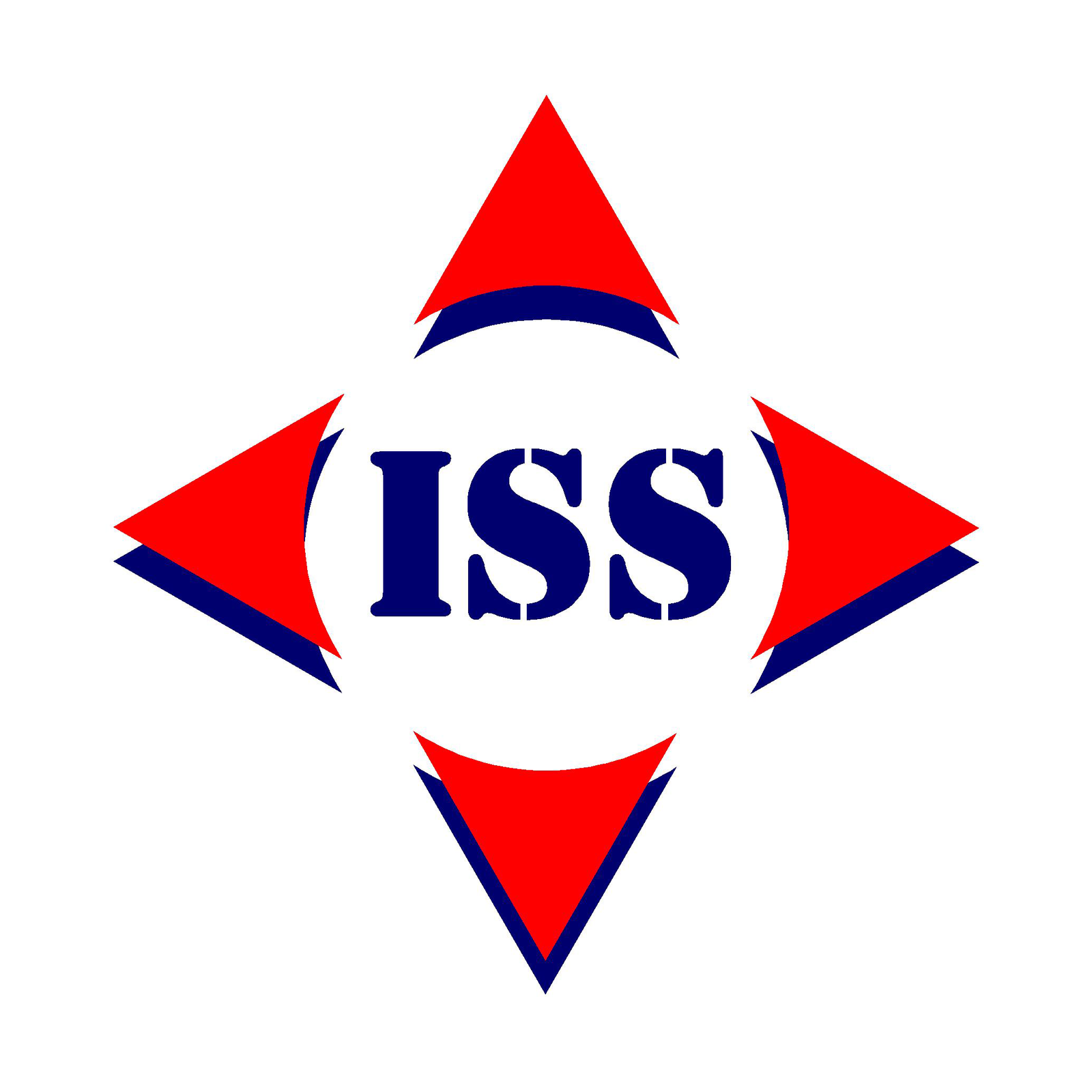
In today's interconnected global economy, Australian businesses face an increasingly complex web of geopolitical risks that can impact their supply chains with little to no warning. From regional conflicts and trade disputes to regulatory changes and political instability, these disruptions can significantly affect shipping routes, transit times, costs, and ultimately, your bottom line.
At ISS Shipping, we've helped numerous clients navigate geopolitical disruptions. This experience has shown us that resilience isn't just about reacting to disruptions; it's about building systems and strategies that anticipate and mitigate risks before they impact your operations.
The Geopolitical Risk Landscape for Australian Shippers
Australian businesses face a unique set of geopolitical challenges due to our geographic location and trade dependencies:
Regional Hotspots Affecting Key Trade Routes
The Indo-Pacific region, crucial for Australian trade, experiences ongoing tensions that can disrupt shipping lanes. Current examples include:
- Red Sea/Suez Canal Disruptions: Attacks on commercial vessels have forced carriers to reroute around the Cape of Good Hope, adding 10-14 days to transit times and increasing costs.
- South China Sea Disputes: Territorial claims and military activities can potentially affect one of the world's busiest shipping routes, through which approximately 60% of Australia's trade passes.
- Strait of Malacca Vulnerabilities: This critical chokepoint handles about 40% of global trade and remains susceptible to security concerns.
Trade Policy Volatility
Shifting trade relationships introduce regulatory uncertainty:
- Changing Tariff Structures: Sudden tariff implementations can dramatically alter the cost-effectiveness of established supply chains.
- Non-Tariff Barriers: Technical regulations, licensing requirements, and customs procedures can change rapidly during diplomatic tensions.
- Sanctions and Export Controls: Restricted party lists and controlled goods designations can change with limited notice, potentially criminalizing previously legal trade activities.
Resource Nationalism and Export Restrictions
Countries are increasingly implementing controls on critical materials:
- Critical Minerals Protectionism: Nations are restricting exports of rare earth elements and other materials crucial for technology manufacturing.
- Agricultural Export Bans: Food security concerns have prompted temporary export restrictions on certain agricultural products.
Building a Geopolitical Resilience Strategy
1. Diversify Sourcing and Routing Options
The old adage "don't put all your eggs in one basket" applies perfectly to supply chain management:
- Geographic Diversification: Develop relationships with suppliers across multiple countries and regions to reduce dependency on any single source.
- Route Flexibility: Identify and pre-approve alternative shipping lanes and ports of entry that can be activated quickly during disruptions.
2. Enhanced Supply Chain Mapping and Visibility
You can't manage what you can't see:
- Multi-Tier Mapping: Look beyond your immediate suppliers to understand dependencies throughout your entire supply chain, including your suppliers' suppliers.
- Geopolitical Risk Overlays: Integrate political risk data with your supply chain map to visualize potential vulnerabilities.
Our ISS tracking systems provide real-time visibility of your cargo across all transportation modes, with geopolitical risk alerts integrated directly into your dashboard.
3. Strategic Buffer Management
Carefully managed inventory buffers provide crucial breathing room during disruptions:
- Critical Component Identification: Analyze which materials or products would cause the most significant disruption if unavailable and prioritize these for buffer stocks.
- Near-Shoring Strategic Inventory: Position buffer stocks closer to final markets to reduce response time during disruptions.
4. Contractual Protection
Strengthen your position with contractual provisions that address disruption:
- Force Majeure Clauses: Review and update these provisions to clearly define rights and responsibilities during specific geopolitical events.
- Flexible Volume Commitments: Negotiate contracts that allow for volume adjustments during disruptions without penalties.
- Risk-Sharing Agreements: Develop arrangements with key suppliers and customers that equitably distribute the financial impact of disruptions.
5. Scenario Planning and Response Protocols
Preparation eliminates panic:
- Tailored Scenarios: Develop detailed response plans for the most likely disruption scenarios affecting your specific supply chain.
- Decision Triggers: Define clear thresholds that automatically activate contingency plans without requiring lengthy approval processes.
Implementing a Resilience Program: Practical Next Steps
Immediate Actions (Next 30 Days)
- Conduct a Geopolitical Vulnerability Assessment: Identify which of your products, routes, or suppliers are most exposed to current hotspots.
- Review Documentation Preparedness: Ensure you have digital backups of all critical shipping documents and understand alternative documentation requirements for contingency routes.
- Establish a Risk Monitoring System: Set up news alerts for regions critical to your supply chain.
Medium-Term Initiatives (1-3 Months)
- Develop Supplier Diversification Plans: Identify and pre-qualify alternative suppliers for your most critical components.
- Create Route Flexibility Options: Work with your freight forwarder to map alternative routing options including costs, transit times, and documentation requirements.
- Conduct Transportation Contract Reviews: Assess whether current carrier agreements provide adequate flexibility during disruptions.
Long-Term Resilience Building (3-12 Months)
- Develop Strategic Buffer Systems: Create dynamic inventory policies that adjust based on real-time risk assessments.
- Build Cross-Functional Capabilities: Train teams across departments to recognize and respond to supply chain disruptions.
How ISS Shipping Supports Your Resilience Strategy
At ISS Shipping, we provide specialized support for Australian businesses navigating geopolitical complexities:
- Alternative Routing Expertise: We maintain relationships with carriers across all major trade lanes, allowing us to quickly secure capacity on alternative routes.
- Documentation Specialists: Our team ensures your paperwork meets the requirements for any contingency routing options.
- Customs Facilitation: We help navigate the changing customs requirements that often accompany geopolitical shifts.
- Strategic Consultations: Our specialists can review your supply chain for vulnerabilities and recommend specific resilience measures.
Conclusion
In today's volatile geopolitical environment, supply chain resilience isn't a luxury—it's a necessity for business continuity. By implementing a structured approach to understanding, monitoring, and mitigating geopolitical risks, Australian businesses can transform potential disruptions from existential threats to manageable challenges.
Remember, the goal isn't to predict every possible disruption but to build systems flexible enough to adapt to whatever challenges emerge. With proper planning and the right logistics partners, your supply chain can become a source of competitive advantage even during turbulent times.
Contact ISS Shipping today to discover how we can help future-proof your supply chain against geopolitical disruptions.




